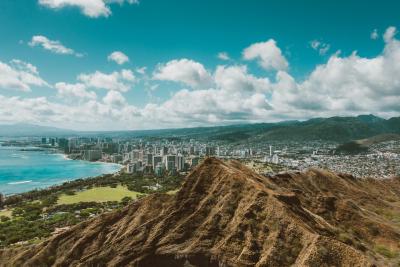Persistent Urban Heat: Understanding Temperature Anomalies in Cities
Cities are often warmer than rural areas due to the urban heat island effect. Our research tackles the challenge of understanding how long these higher temperatures last, especially during heat waves. We find that urban areas, with materials like concrete and metal, hold heat longer than rural areas. This is more pronounced in tropical cities. These findings are crucial for developing strategies to reduce heat-related health risks. By using materials that store less heat or by increasing shade, we can help make cities cooler and safer during extreme heat events.
Our research explores why cities stay hotter for longer periods than rural areas, a problem that affects human health during heat waves. This is the first study to show that urban areas, with materials like concrete and metal, hold heat longer than rural areas. We used a global climate model to find this out. Our findings help other scientists develop strategies to reduce heat in cities, especially in tropical regions. This research impacts fields like urban planning, public health, and environmental science by providing insights into how to make cities cooler and safer.
Our research delves into the persistence of urban heat compared to rural areas, emphasizing the urban heat island effect. By employing a global climate model and surface energy balance theory, we demonstrate that urban areas, characterized by impervious materials with high thermal inertia, maintain elevated temperatures significantly longer than rural areas. This effect is especially pronounced in tropical cities, where materials like corrugated metal roofs contribute to prolonged heat retention. Our findings underscore the importance of considering both the magnitude and persistence of urban heat in developing mitigation strategies, as persistent heat can heighten health risks during heat waves.
We also examine how increasing urban thermal inertia, driven by ongoing urbanization, could intensify temperature persistence. Our analysis reveals that as cities replace vegetation with materials like steel and dense concrete, the persistence of urban heat rises, particularly in tropical regions. This indicates that urban planning should not only aim to reduce peak temperatures but also address heat persistence. Recommended strategies include using materials with lower thermal inertia, enhancing shading, and promoting efficient heat dissipation to mitigate the adverse effects of urban heat persistence. Our study highlights the necessity for comprehensive urban heat management that accounts for both immediate and prolonged temperature impacts.

